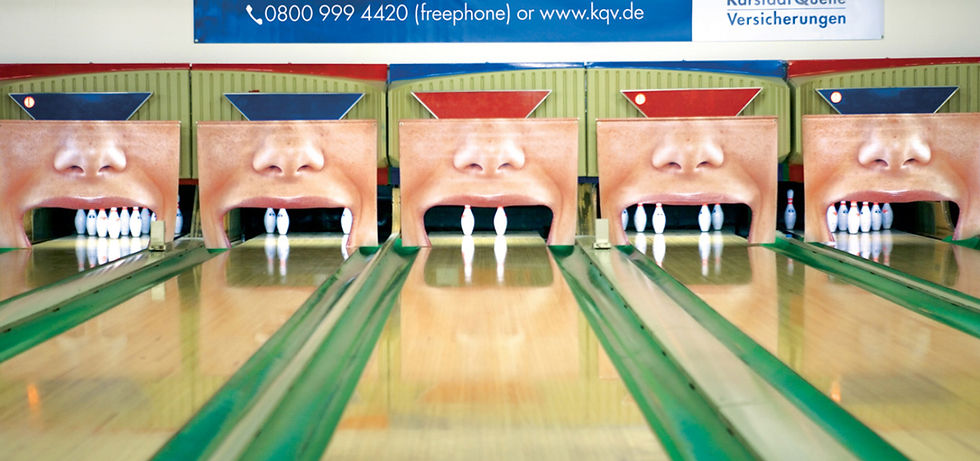Guerrilla Marketing: creativity in its purest form
- Luís Silva e Sousa
- Aug 1
- 2 min read

In a market where public attention is contested every second, standing out may seem like a task reserved only for big brands with million-dollar budgets.
But what if we told you there is a way to create real impact with few resources? This is where guerrilla marketing comes in — a creative, bold, and accessible approach, designed especially for small and medium-sized businesses that want to make some noise without spending a fortune.
The term emerged in the 1980s, created by Jay Conrad Levinson, who saw military guerrilla tactics (quick, unexpected, and effective actions) as an inspiration for businesses with less financial power. His idea was simple yet powerful: if you can’t compete on investment, compete on creativity.
Unlike traditional advertising, guerrilla marketing does not rely on paid ads, billboards, or TV spots. Instead, it bets on unexpected, original, and memorable actions that create an emotional connection with the audience and ideally generate spontaneous sharing. It is a way to make people talk about the brand — whether on the street or on social media.
An artisanal bakery in Paris, without a budget for large campaigns, decided to bet on the most powerful of senses: smell. During the morning — the busiest time of day — it discreetly installed fans directed toward the street, spreading the scent of freshly baked bread and croissants to passersby.
The action was so effective that many people stopped, followed the aroma, and discovered the space for the first time. To reinforce this, they placed a small sign on the door saying:“Followed the smell? You just found your new breakfast.”
This example shows how a well-exploited sensory detail can be as or even more effective than a paid campaign. It is guerrilla marketing in its purest form: surprising, economical, and experience-centered.
For local businesses or brands in growth phases, guerrilla marketing can take many forms: from creative street actions and artistic interventions in strategic spots to simple campaigns that unexpectedly engage the local community. A restaurant can leave mysterious messages on delivery packages. A store can transform its shop window into a small visual spectacle. A café can offer something symbolic at an unexpected moment. The important thing is to break away from the obvious and leave a mark.
This strategy is especially effective when the goal is to generate awareness, launch a product, or simply strengthen the brand or company identity. And it doesn’t require much money — just a good idea, careful execution, and the courage to take risks.
For small and medium-sized businesses, guerrilla marketing is more than an alternative: it is a strategic advantage. In a world of constant noise, those who surprise, move, and break the mold have a much better chance of being remembered.

Comments